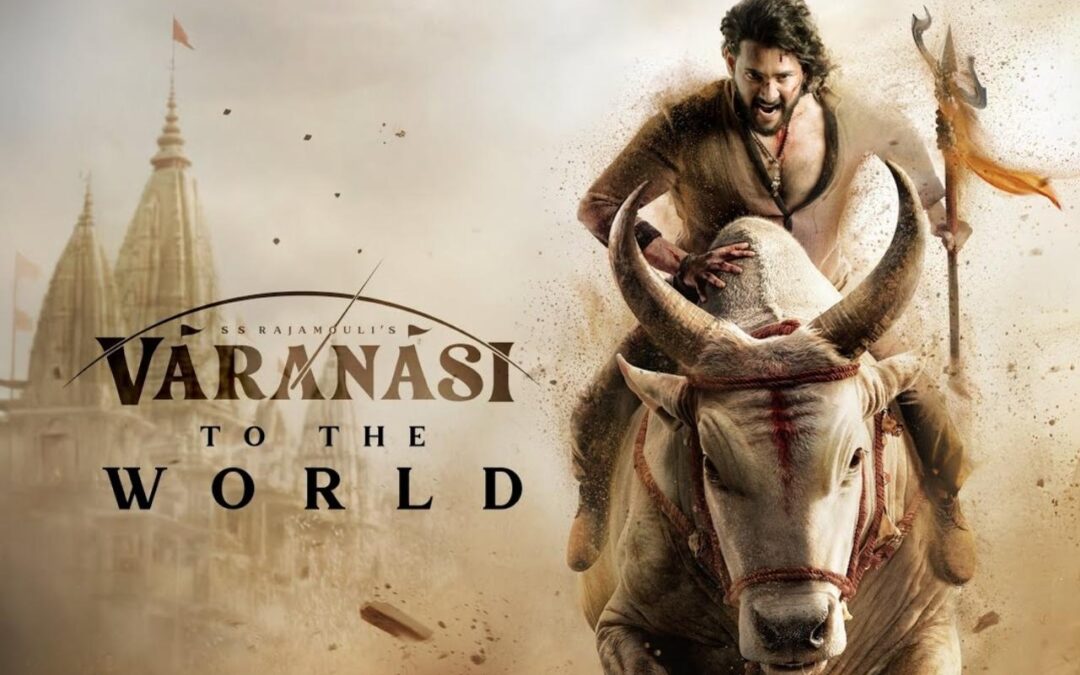The Indian cinema is going through a huge technical modernization. And when we speak of technical upgradation, how do we not start the list with Telugu cinema. The widely popular filmmaker S.S. Rajamouli’s recent announcement has given the entire cinema industry of the country a peak of his grand production.
By setting a new milestone for the Indian film industry, Rajamouli has revealed that his upcoming film is entirely shot in the true 1.43:1 IMAX aspect ratio. Thus, becoming the country’s first ever film to be shot completely in IMAX format. Now, the questions might be – what does it mean for the Telugu Industry? Or what does this milestone actually mean? Don’t fret, continue reading below to find out everything surrounding this big step.
DMR vs. Filmed for IMAX
DMR – Digital Media Remastering
DMR is the standard post-production process used for the majority of films shown on IMAX screens. A standard film that is usually shot on conventional cameras has a typical aspect ratio of 2.39:1. Then for the next step comes DMR where the film gets digitally enhanced by IMAX engineers.
This process majorly focuses on improving picture quality and sound effects. However, the film retains its original aspect ratio and when projected onto a large IMAX screen the black bars remain at the top and bottom of the frame because the image does not fill the entire screen vertically.
Few of the initial films that went through the process of DMR were films like Baahubali 2: The Conclusion and Padmaavat. These films went through the process for IMAX screens.
Filmed for IMAX
The process of Filmed for IMAX involves using specialized equipment during principal photography to capture content that fills more of the massive IMAX screen. Filmmakers intentionally use IMAX-certified large-format cameras. These cameras capture a larger and taller image from the beginning.
The resulting footage expands vertically to fill the entire IMAX screen that is typically in an aspect ratio of 1.90:1 or the even taller 1.43:1. When these “expanded aspect ratio” scenes appear – the black bars disappear – creating a more immersive experience for the viewers.
Also read: HBO’s New Harry Potter Series: Cast, Release Date & Everything We Know So Far
Indian Films That Utilized IMAX Technology (Primarily via DMR)
In the last decade several films have embraced this technology and has set new standards for technical achievement in India, especially in film making domain:
- RRR (2022): S.S. Rajamouli’s RRR was an early adopter that used IMAX-certified cameras to film its extraordinary sequences.
- Pathaan (2023): Pathaan’s marketing widely leaned towards “Filmed for IMAX”. However, the main process behind the filming for IMAX was rooted in the remastering.
- KGF: Chapter 2 (2022), Brahmāstra: Part One – Shiva (2022), and Ponniyin Selvan (Parts I & II): These major releases also had a say to catch the trend.
- Leo (2023) and Salaar: Part 1 – Ceasefire (2023): The continuation of this trend highlights that “Filmed for IMAX” is quickly becoming a requirement for heavy budgeted Indian cinema.
Is Varanasi to shot on IMAX cameras?
The next stop for this technology is not about the large scale action but more about utilizing the format to capture the true essence of the film. The most exciting announcement in this space is S.S. Rajamouli’s upcoming feature film that is currently in development.
Various industry reports indicate that the director is planning to shoot scenes in the ancient city of Varanasi using IMAX cameras. This means that the aspect ratio is going to bring the ghats and rituals to life. The city which already has an historical depth is now going to be brought to screen with these massive shots. This also signals that the spiritual energy of the city is going to be captured in a way that no standard cameras couldn’t.
Conclusion
It is an undeniable fact that Indian cinema inclusively is growing and adapting new technologies for the better experience of films. Filmmaker S.S Rajamouli’s new project is promising the audience an experience of a lifetime. Now, the audience’s patience is being tested as the film’s release date is set a little far. However, with all the information gathered so far, Varanasi seems worth all the wait.
Written by Kenbi Riba

